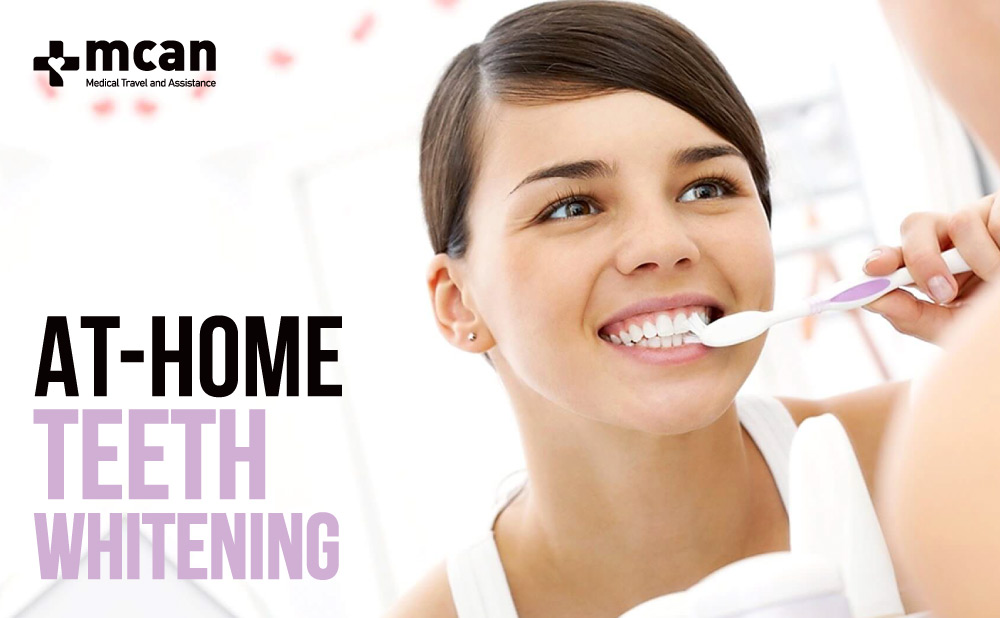
Yellowy and darkened teeth can be inevitable for most of us over time. You may think you do everything right for your teeth; brushing regularly, using dental floss, etc. However, as individuals age and consume food and beverages such as coffee, tea, wine, and sauces, their teeth will likely stain over time and make them feel insecure about their smile. Therefore, many people with yellow teeth are looking for ways to get rid of their stained teeth to have whiter and healthier teeth. If you do not have crowns, veneers, or composite tooth-colored bondings -since bleaching will not whiten them- a teeth whitening procedure is the best option.
There are two options to make your teeth whiter; one is at-home teeth whitening, and the other way is an in-office teeth whitening procedure. Both of the options use peroxide-based bleaching agents. For those whose teeth are gone bad in terms of color or those whose teeth are in a miserable state in terms of shape, color, and health, rather than teeth whitening, a Hollywood smile makeover, which fixes the overall appearance of the teeth, could be the best option!
However, those with mild discoloration can easily apply at-home teeth whitening products to regain pearly-looking teeth over time. But how?
Differences Between At-Home Teeth Whitening and In-Office Teeth Whitening
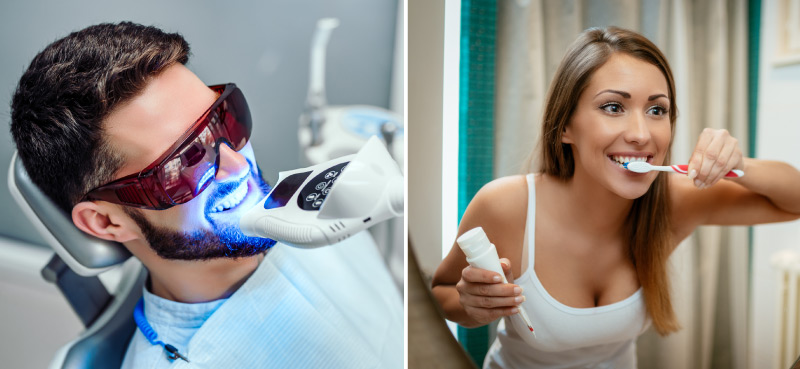
At-home teeth whitening, which usually contains lower concentrations of bleaching than in-office procedures, has convenient products that are cost-effective solutions for improving teeth appearance.
In-office teeth whitening procedure performed by dental professionals contains a higher concentration of peroxide-based bleaching agents combined with special lights and lasers.
At-Home Teeth Whitening Pros and Cons:
Pros:
- With at-home teeth whitening kits, you may whiten your teeth whenever convenient without making several dental appointments.
- Because they are typically less expensive than in-office procedures, at-home teeth whitening kits are cost-effective.
- People who seek a more natural-looking transformation may prefer at-home whitening for those with slight discoloration because it can result in gradual and subtle improvements over time.
- Since many at-home whitening treatments are user-friendly and have detailed instructions, applying the procedure without expert help is relatively easy.
Cons:
-
- Whitening your teeth at home usually requires more time before you see noticeable changes than in-office procedures, primarily because the bleaching agents used have a lower concentration.
- In particular, for people with severe discoloration, the outcomes of at-home whitening may not be as dramatic or effective as those obtained through expert in-office treatments.
In-Office Teeth Whitening Pros and Cons
Pros:
- In-office teeth whitening procedure gives immediate and noticeable results after one session
- In-office teeth whitening treatment contains higher concentration, leading to more dramatic and effective whitening concentration.
- In-office teeth whitening can be customized for patients based on factors like tooth sensitivity and discoloration.
Cons:
-
- In-office teeth whitening treatments typically cost more than at-home alternatives.
- In-office whitening may not be the best option for people with specific dental diseases or oral health issues.
- Following in-office whitening, some persons could suffer increased tooth sensitivity although dental professionals can help manage this side effect.

What is the Best At-Home Teeth Whitening?
Here are several common best and fast teeth whitening at home :
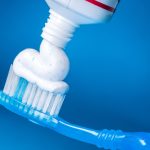
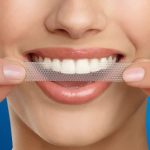
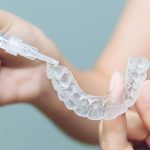

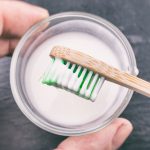
Activated Charcoal: Activated charcoal is a black powder often used for teeth whitening. It’s applied to a wet toothbrush or mixed with water to create a paste, then brushed onto teeth. While some claim it can remove stains, there’s limited scientific evidence. Individuals should be cautious as it’s abrasive and can wear down the enamel, potentially causing sensitivity and other issues.
Consuming high-fiber foods: Certain high-fiber vegetables and legumes can be chewed to reduce oral acidity and save tooth enamel. Beans or leafy greens like spinach cause the mouth to secrete more saliva, which aids in neutralizing acid in the mouth.
When using at-home teeth whitening products, follow the instructions to avoid overuse or misuse, which can lead to tooth sensitivity or other issues. Also, if you have any pre-existing dental conditions, you should consult your dentist before starting teeth whitening treatment.
For more dramatic or stubborn discoloration, professional teeth whitening treatments performed by a dentist might be more effective. These treatments often use higher concentrations of whitening agents. If you have a dramatic and stubborn discoloration, it is recommended to consult a dental professional.
Foods and Beverages for Fast Teeth Whitening at Home
Teeth whitening at home can be straightforward through dietary choices and accessible practices. By incorporating teeth-friendly foods and beverages into your daily routine, you can gradually enhance the whiteness of your smile. Additionally, maintaining good oral hygiene, avoiding staining substances, and using recommended whitening products can contribute to a brighter and healthier set of teeth. These simple steps enable you to take control of your dental care and achieve teeth-whitening results from the comfort of your own home.
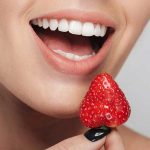





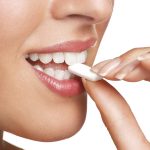
MCAN Health is an internationally accredited health tourism company based in Istanbul, Turkey. It offers various dental treatment options. To learn more about implants, crowns, veneers or hollywood smile in Turkey, please reach out to us.
 Have Concerns About Your Surgery Abroad? MCAN Health In House Nurse Is With You!
Have Concerns About Your Surgery Abroad? MCAN Health In House Nurse Is With You!  Foreign Office Officials Issue Warning Over British People Traveling to Turkey for Medical Treatment
Foreign Office Officials Issue Warning Over British People Traveling to Turkey for Medical Treatment  How Many Grafts Needed For A Good Hair Transplant?
How Many Grafts Needed For A Good Hair Transplant?